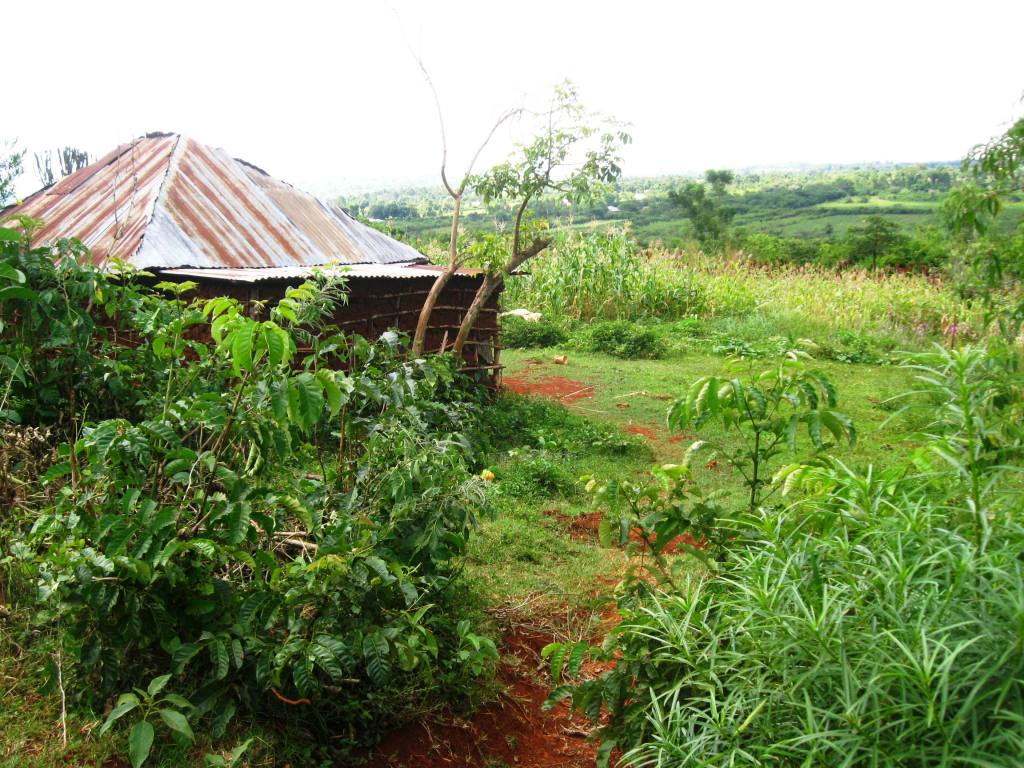Before I spent a summer in western Kenya helping to supervise data collection for a nationwide household survey, my assumption was that smallholder farming systems in Africa were nearly always characterized by the use of rudimentary technologies. And it wasn’t just me; plenty of conventional wisdom and often-quoted statistics derived from macro-level data sets (like FAOSTAT) exist to support my prior way of thinking. A few weeks in the field taught me that modern input use is not always negligible, and indeed may even be at profitable levels and I (with Roy Black and Thom Jayne) later documented. But was my epiphany only true of Kenya?

Going beyond the macro-statistics requires micro-data derived from household- and plot-level surveys. And creating a believable narrative requires that these household surveys span the entire geography of a country. For good reasons, big data sets like the one I was helping to build in Kenya that summer are hard to come by in Africa and elsewhere. Even rarer are nationally representative and cross country comparable ones with an appropriately broad focus on agriculture. The Living Standard Measurement Study-Integrated Surveys on Agriculture (LSMS-ISA) effort, currently covering six countries in the region, therefore is an impressive and hugely valuable undertaking, especially for updating our understanding about agricultural input use in the region.
Guided by the mandate of the “Agriculture in Africa – Telling Facts from Myths” project, Chris Barrett and I set out to investigate if the oft-hand claim that “modern input use in Africa is low” really holds in most smallholder contexts. We used the most recent cross-sections of data available for Ethiopia, Malawi, Niger, Nigeria, Tanzania, and Uganda to create and analyze a massive data set of over 22,000 cultivating households and 62,000 agricultural plots. This resulting micro-data set allowed us to produce not only national-level statistics derived from household responses, representing cross-checks against the country-level statistics obtained from macro-data that often form the basis of our common wisdoms, but also to study within-country and even within-household variation in input use levels that may exist and would necessarily be masked by macro-level statistics.
Our resulting working paper provides a host of descriptive evidence about the use of inorganic fertilizer, agro-chemicals (like pesticides, fungicides, and herbicides), commercially purchased and improved varieties of seeds, irrigation, and mechanized inputs in Africa. It’s a lot to digest, so we’ve distilled those 80 or so pages into ten new or newly verified “facts” about modern input use in Africa:
- Modern input use may be relatively low in aggregate, but is not uniformly low across these six countries, especially for inorganic fertilizer and agro-chemicals.
- The incidence of irrigation and mechanization, however, remains quite small.
- Considerable variation exists within countries in the prevalence of input use and of input use intensity conditional on input use.
- There is surprisingly low correlation between the use of commonly “paired” modern inputs at the household- and, especially, at plot-level.
- Input intensification is happening for maize in particular, even relative to plots with cash crops.
- There exists a consistent inverse relationship between farm or plot size and input use intensity that cannot be systematically explained by household level factors.
- Farmers do not significantly vary input application rates according to perceived soil quality.
- Few households use credit to purchase modern inputs even though harvest payoffs come many months after input purchase.
- Gender differences in input use exist at the farm and, within household, at the plot level.
- National-level factors explain nearly half of the farm-level variation in inorganic fertilizer and agro-chemical use, pointing to the critical importance of policy levers.
With these points in mind, to what extent do my updated views on Kenya apply to other areas of Africa? For one, Kenya may have impressive private-sector led growth in input use, but a few other countries (namely Ethiopia, Malawi, and Nigeria) aren’t too far behind, if at all. Similarly, input use is far more complex than our common narrative conveys.
Applying statements like “modern input use is low” to an entire continent does far more harm than good in helping to establish a productive and germane policy environment. More nuanced descriptive evidence, like that provided in our paper, can help us speak more credibly to related dialogues, like that cultivated around the upcoming World Soil Day on December 5th. The African Green Revolution may still be yet to gain great momentum, but there is much to learn from the steps taken by those countries that have successfully raised input use levels in a way that is rapidly expanding agricultural output.

